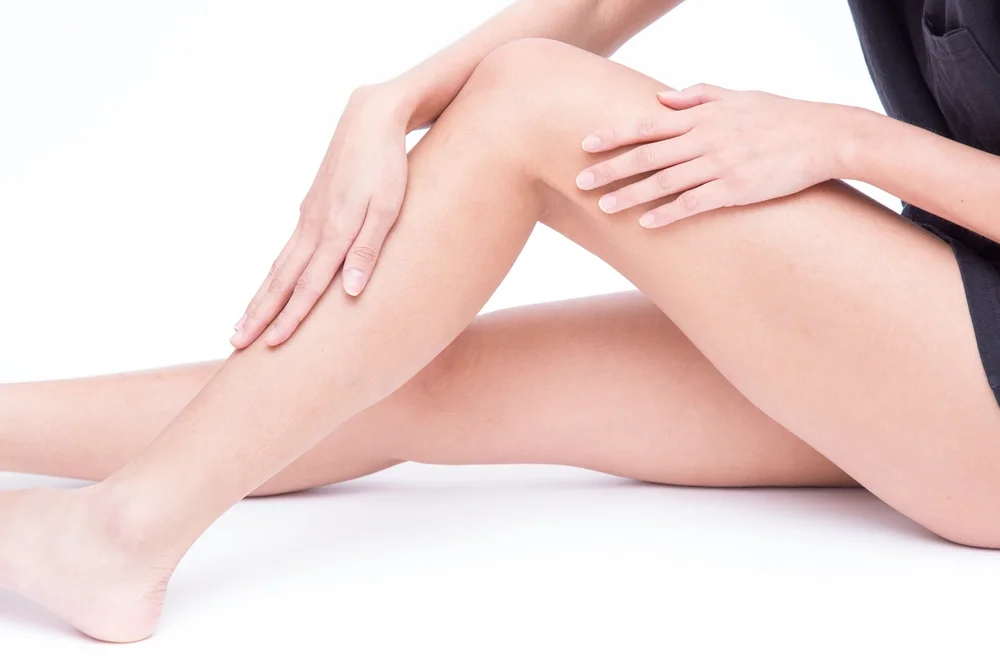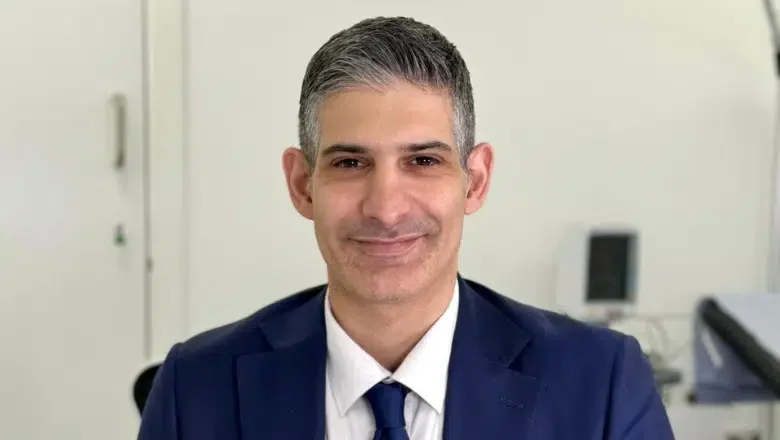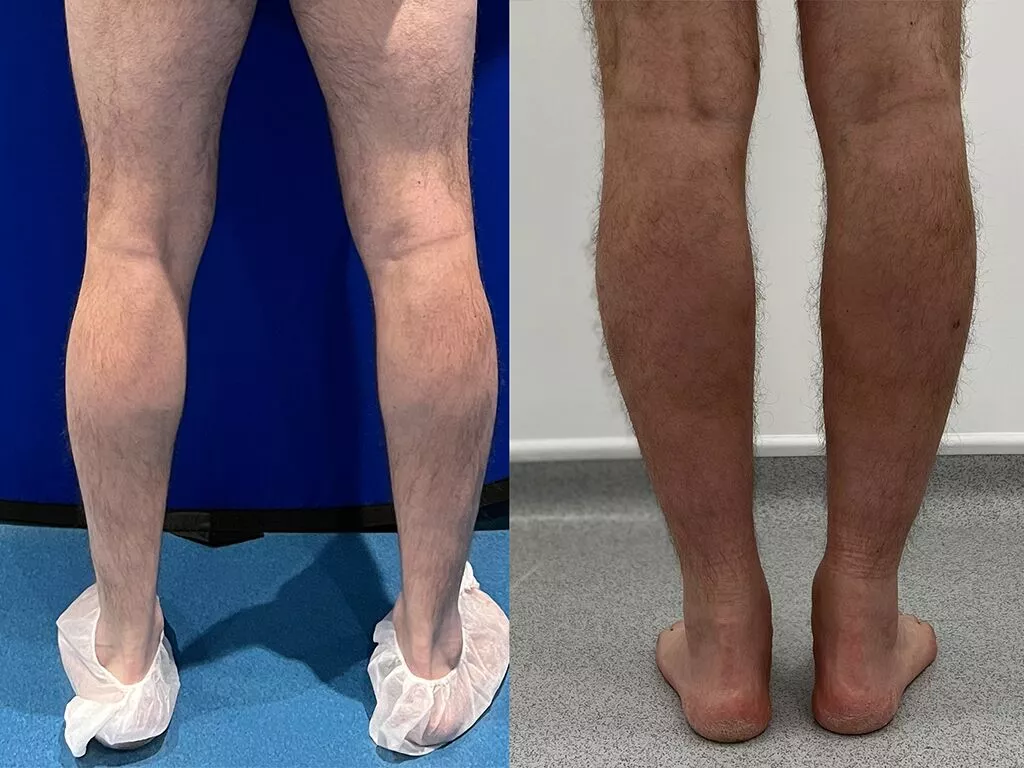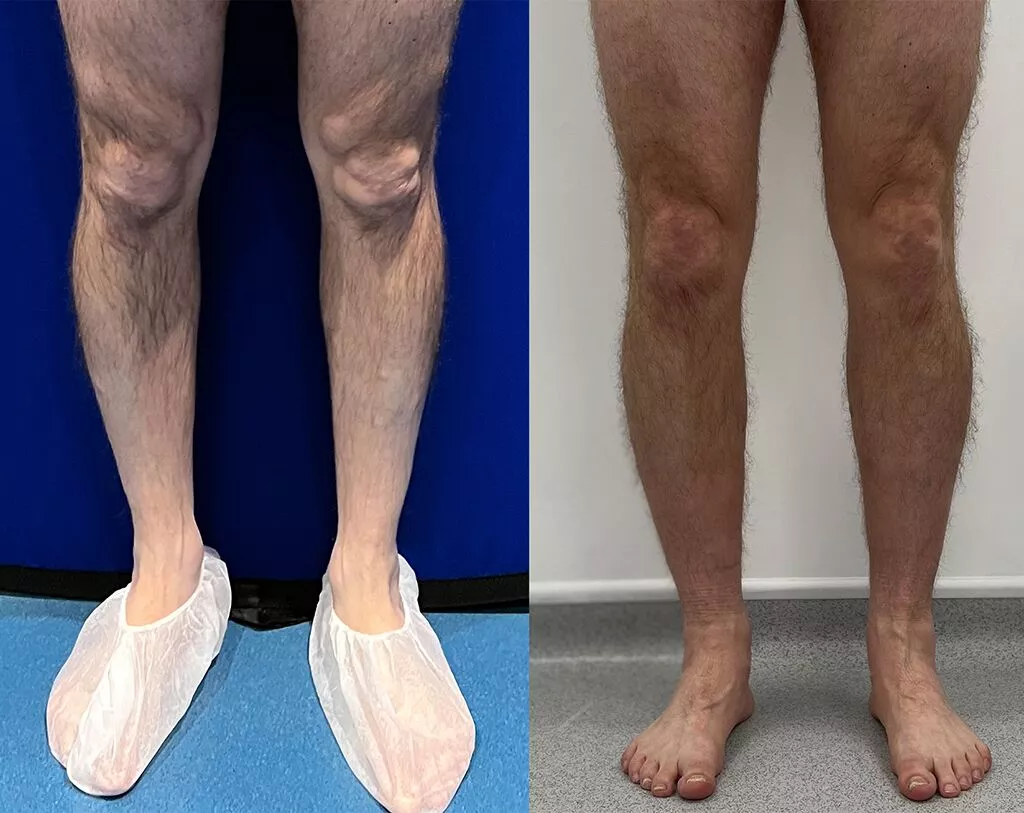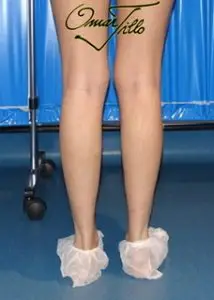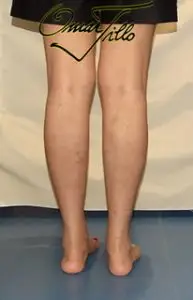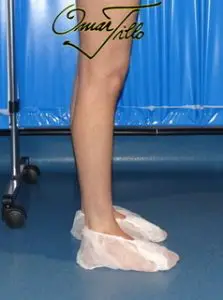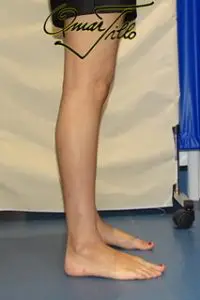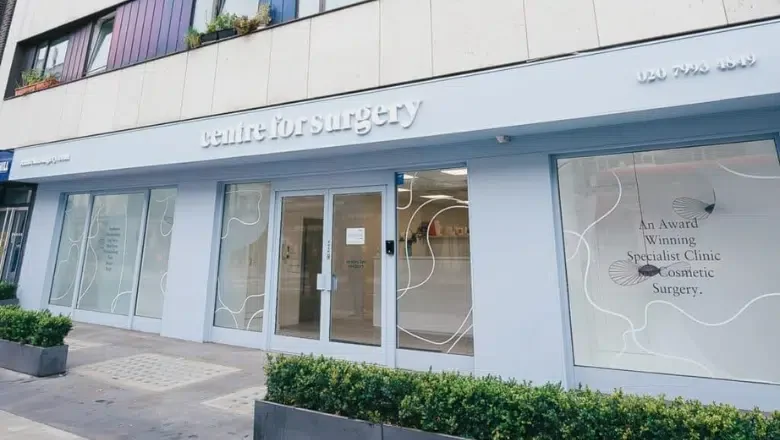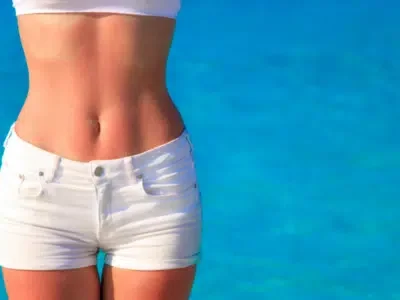At Centre for Surgery, we are committed to delivering exceptional care for patients considering fat transfer calf augmentation. This advanced technique offers a natural way to enhance the shape and definition of the calves, and our surgeons are highly experienced in achieving results that are both harmonious and long-lasting. From your first consultation to your final follow-up, our focus is on your safety, comfort, and satisfaction.
Our Baker Street clinic is equipped with state-of-the-art facilities, designed to provide a discreet and welcoming environment for your treatment. With expertise in both fat transfer and implant-based calf augmentation, our surgeons are able to guide you towards the option best suited to your goals. Every procedure is tailored to the individual, ensuring that the results look natural and fit seamlessly with your body’s overall proportions.
Patients often describe how their experiences at Centre for Surgery have transformed their confidence. One patient, Oliver, commented: “I never thought a subtle change could make such a big difference. The fat transfer gave me the natural look I wanted without implants, and I’m thrilled with the results.” Another, Henry, said: “From the moment I arrived, the staff made me feel completely at ease. The consultation was thorough, and the surgery itself went smoothly. My calves now look more balanced and in proportion.” A third patient, Adam, shared: “The aftercare was excellent, and I always felt supported. I’m much happier with how my legs look, and I feel more confident wearing shorts again.”
Choosing Centre for Surgery means placing your trust in a team dedicated to excellence. You can find out more about who we are on our About Us page, and meet the highly skilled surgeons who perform these procedures on our Team Members section. To see real examples of the results we achieve, explore our Before and After Photos. If you would like further guidance, our FAQs & Guides and Clinic FAQs provide detailed answers to common questions, while our Blog offers expert insights and advice. For those looking at costs and payment options, our Price Guides and Finance Options explain everything clearly.
Booking your consultation is simple and confidential. To arrange an appointment, call us on 0207 993 4849, email contact@centreforsurgery.com, or visit us directly at Centre for Surgery, 95–97 Baker Street, London W1U 6RN. Our team will be delighted to help you take the first step towards achieving your goals with confidence.

